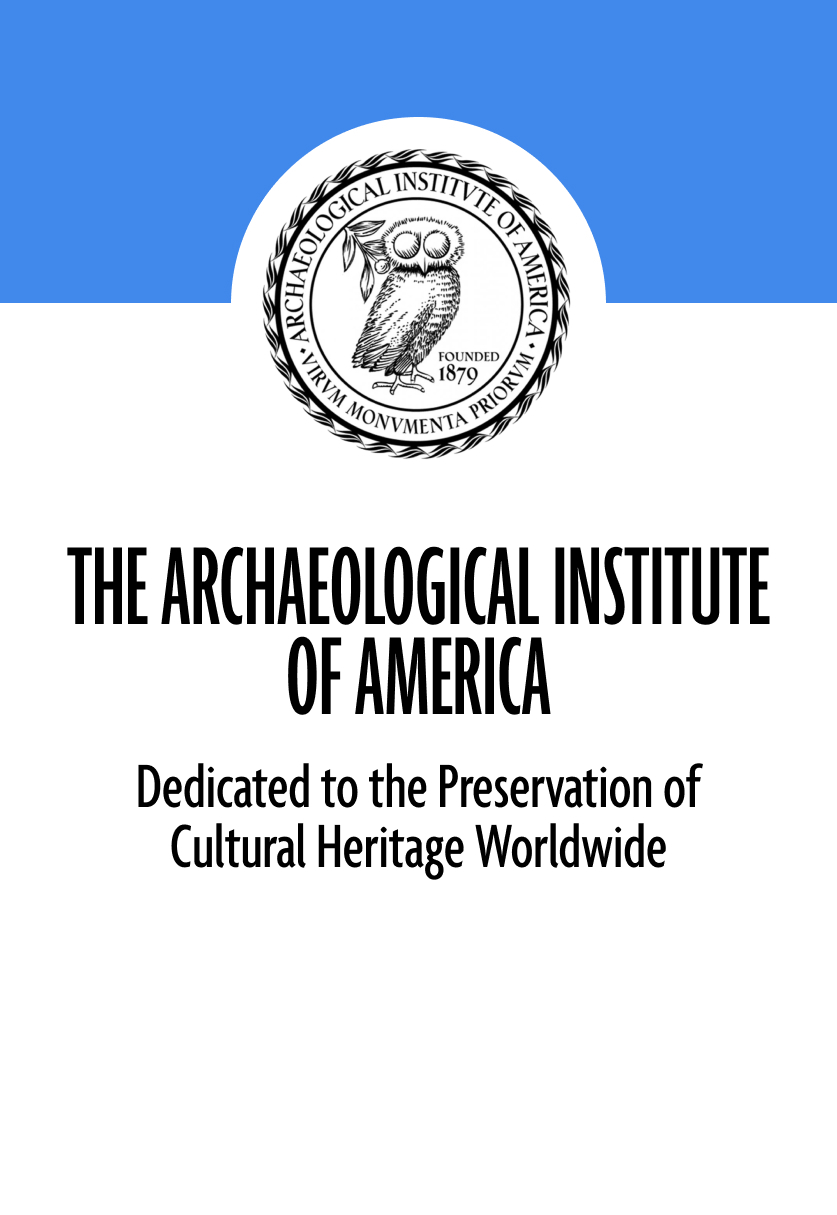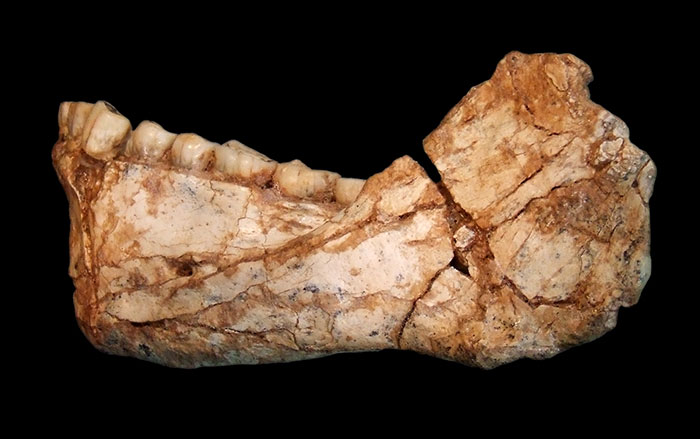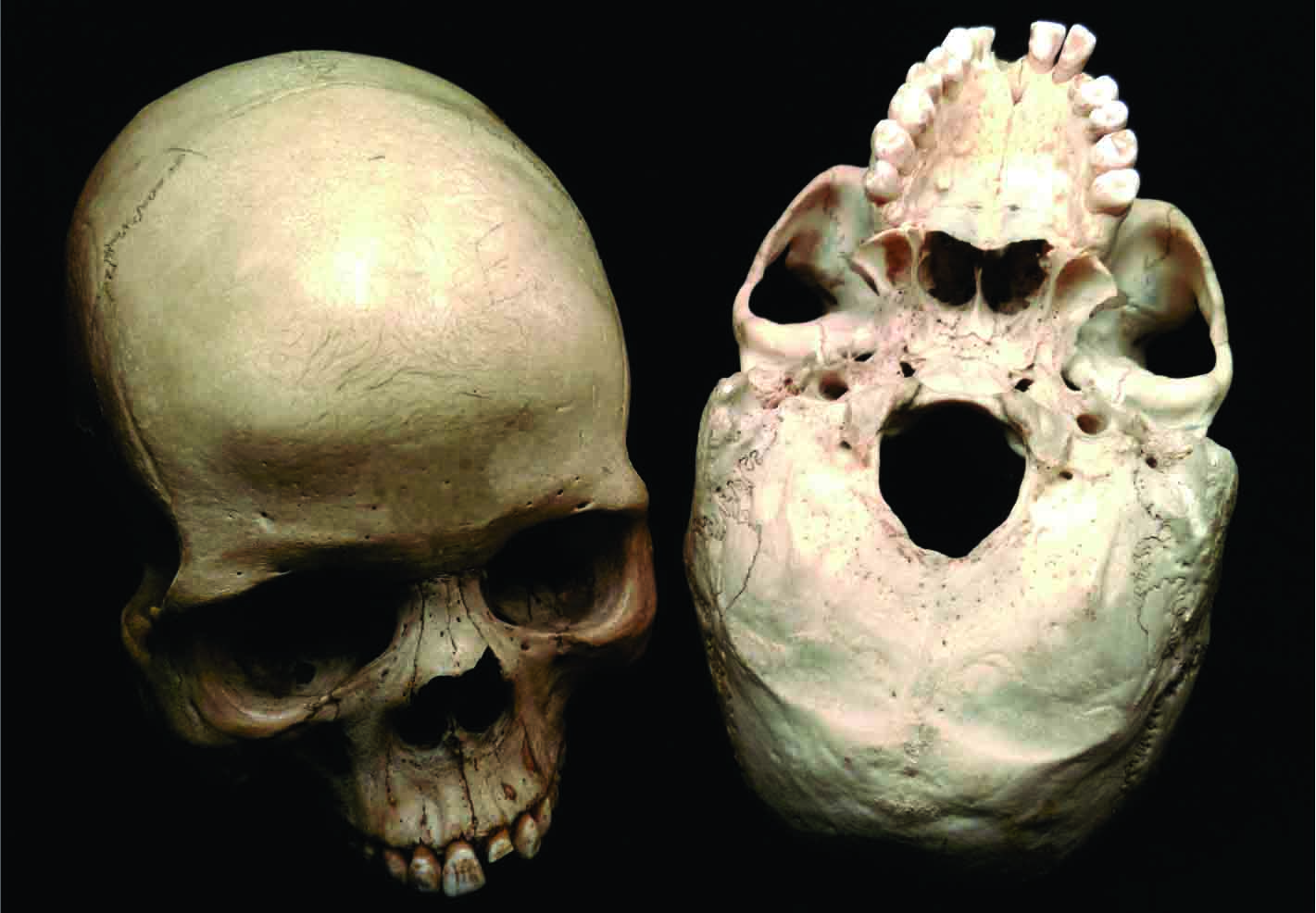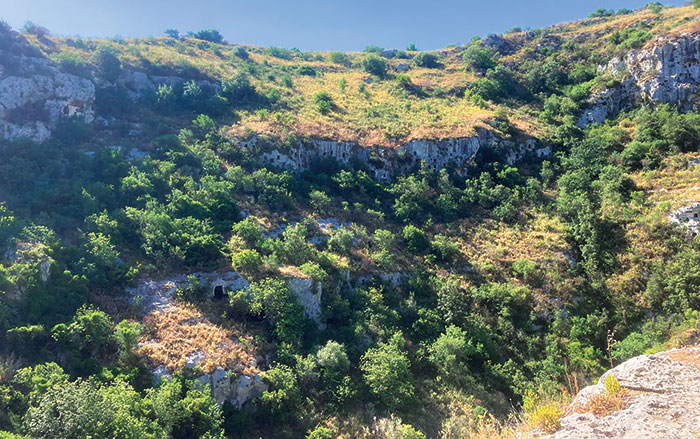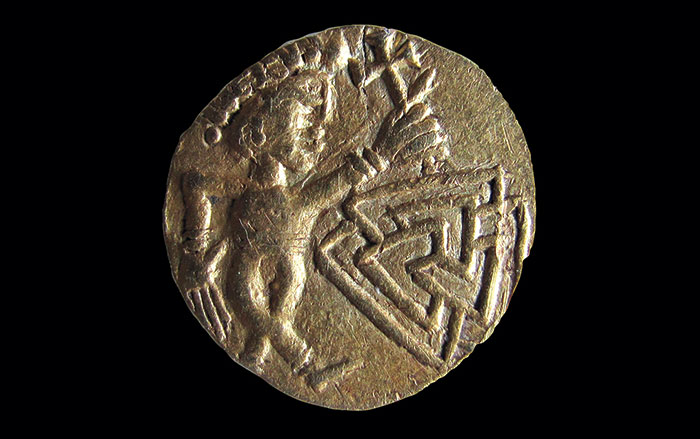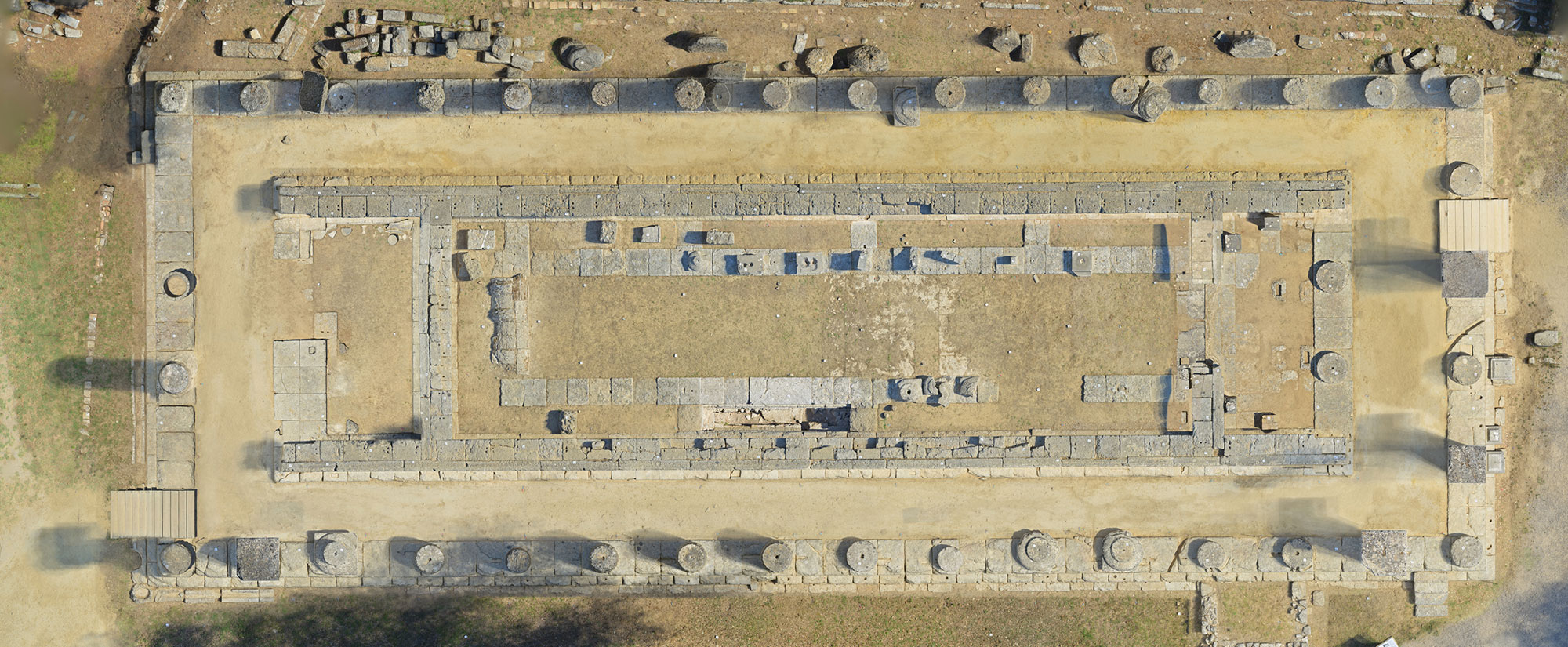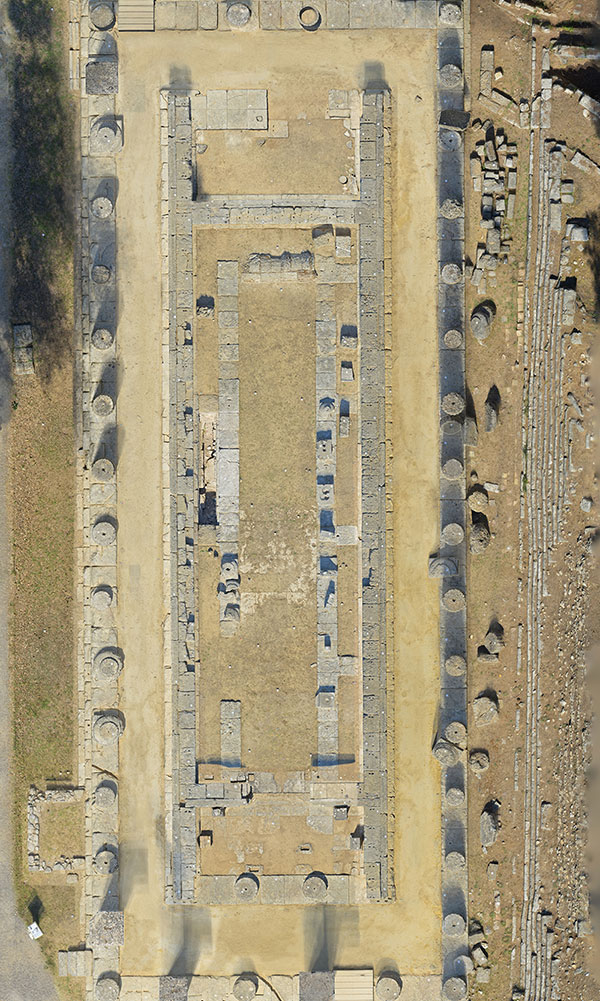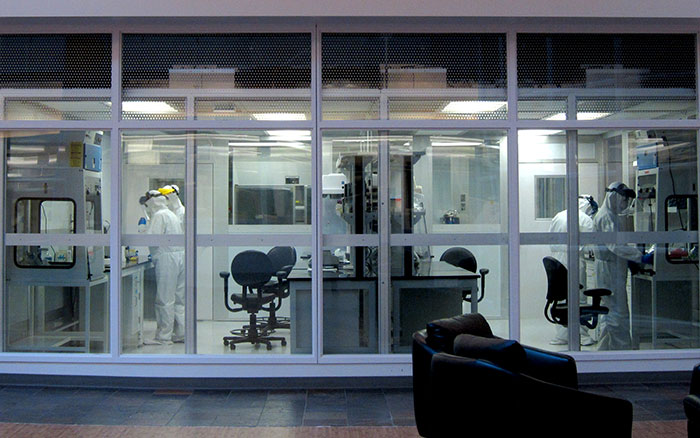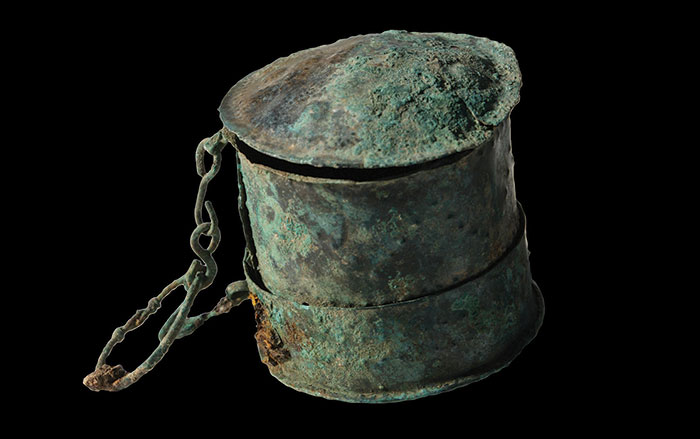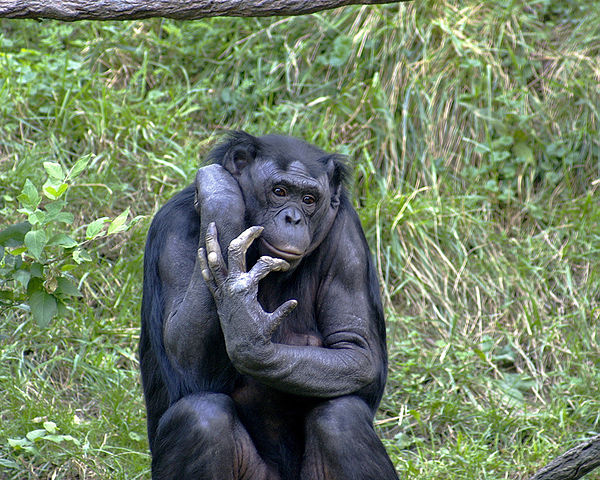
DURHAM, NORTH CAROLINA—Science reports that a study conducted by Christopher Krupenye of Duke University and Fumihiro Kano of Kyoto University suggests that chimpanzees, bonobos, and orangutans know when someone else holds a false belief—a trait thought to be limited to modern humans. The researchers created video dramas featuring two modern humans, one of whom was wearing a “generic apelike” suit. In one of the dramas, the apelike figure steals a rock from the man, places it in one of two boxes, scares the man away, and then moves the rock to another location. The man then returns to retrieve the rock. Would the apes expect him to look for it in the first box? The scientists used infrared eye-tracking technology to record what the chimpanzees, bonobos, and orangutans watched during the film when the man returned to the scene, and found that 22 of the 30 individuals looked at the boxes, while 17 watched the first box. “It suggests that the capacity to track others’ perspectives and beliefs is not unique to humans,” commented developmental psychologist Victoria Southgate of the University of London. It also suggests that the last common ancestor of great apes and humans may have possessed theory of mind. For more, go to “Ardipithecus: Ape or Ancestor?”
